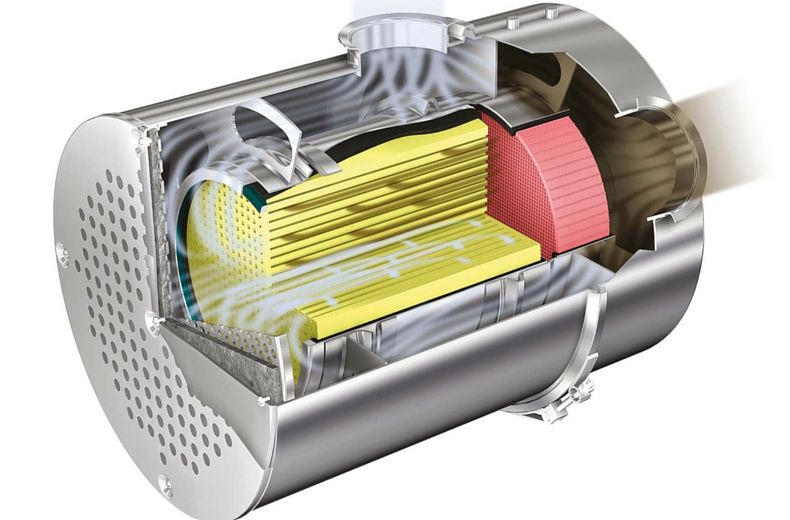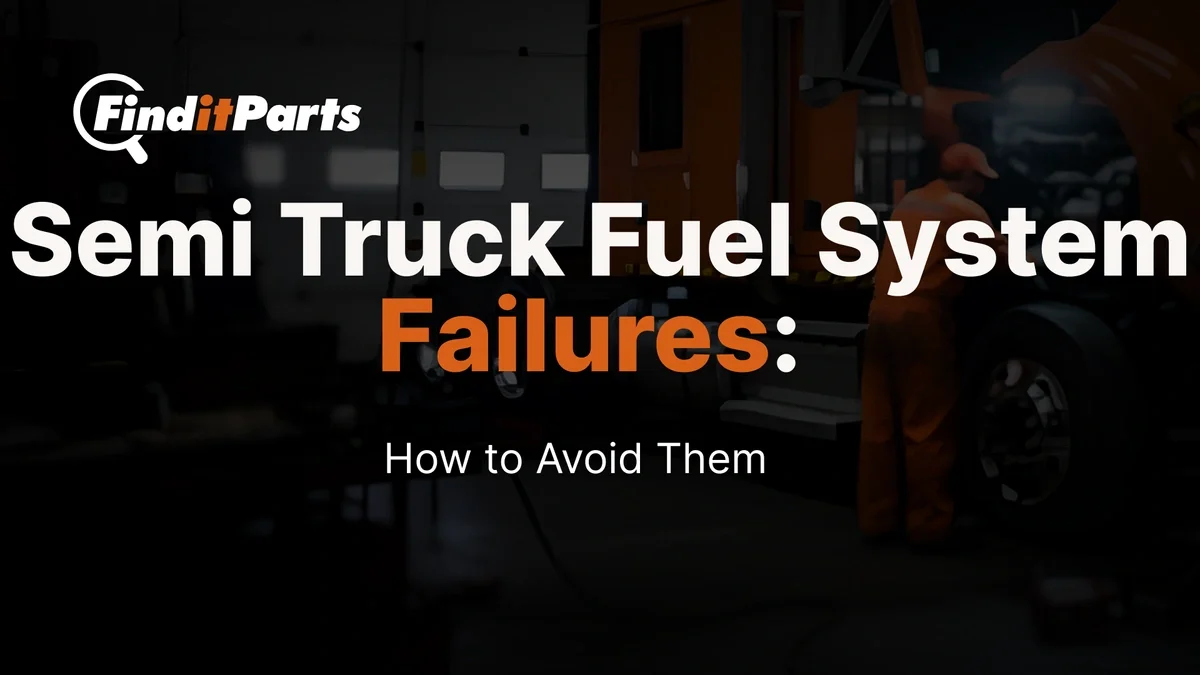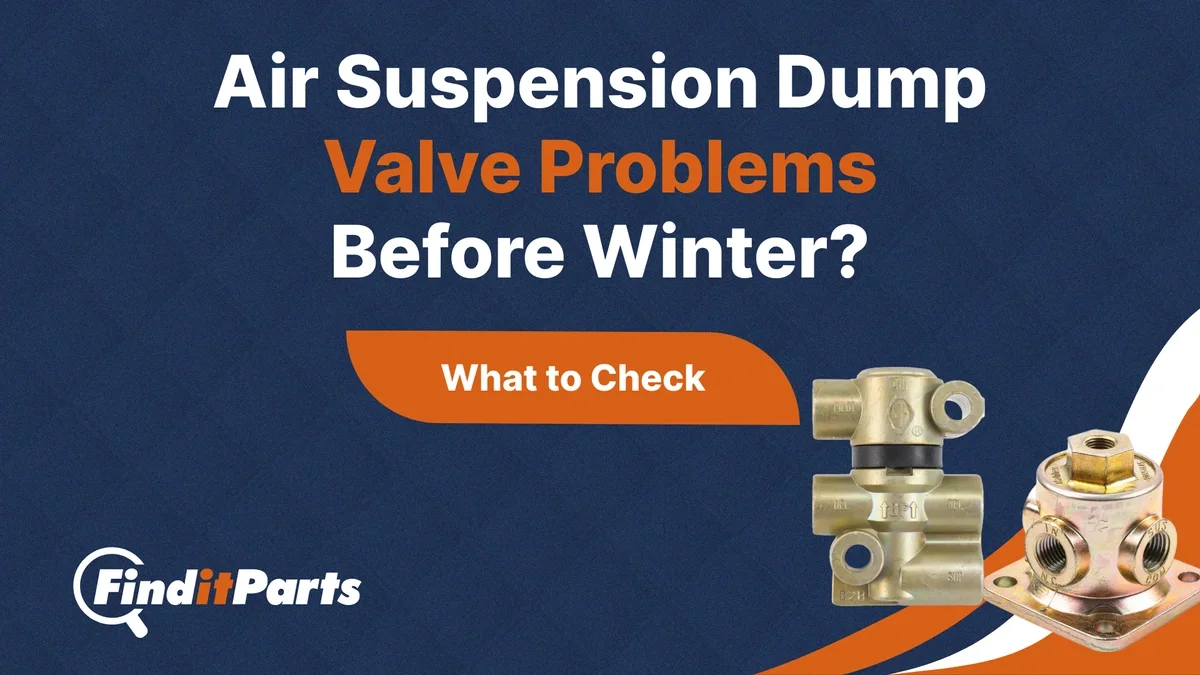Need help? We're here!
(888) 312-8812 Login SignupDPF Filters: What They Are and How to Avoid Problems
September 12, 2019

Do acronyms drive you crazy? We know the feeling. Here at FinditParts, we can help you keep from drowning in the alphabet soup of letters so common in mechanics and automotive parts.
Before we tell you everything you need to know about DPF filters, we’ll start with a simple definition of what those letters stand for and some background. Next up is how to use them the right way. If you’re interested in getting the most out of your vehicle, saving time and money and learning everything you need to know about these products, read on. We’ll fill you in about DPF filters: what they are and how to avoid problems.
First, let’s break down the acronym into plain English. DPF stands for diesel particular filters.
Now, a little history. Diesel engines are built to be strong and durable thanks to the extreme demands of this kind of engine design. They can last much longer than gasoline engines, especially if they are properly cared for. Strong, smooth and reliable, diesels also are extremely fuel-efficient, providing better miles per gallon (mpg) than their gas-powered counterparts.
For these and other reasons, diesels have become the engines of choice for heavy-duty trucks, where reliability, power and efficiency are crucial. But these engines are also used in many other types of vehicles, including passenger cars. Particularly in places where fuel prices are high, like Europe, diesels offer a popular alternative to conventional gasoline motors. Staying aware of broader shifts in regulations, such as new environmental rules for heavy-duty trucks, also helps operators understand why diesel emissions systems continue to evolve.
All these advantages do not come without a cost, however. Diesel engines can be very polluting. In particular, they exhaust particulates in the form of soot. The toxic chemicals that diesels and other motors give off out their exhaust pipes pose a problem for the environment and a health hazard to humans. Particulates, for instance, contribute to smog and have been linked to cancer.
Just as the U.S. government began to require pollution-control equipment for cars and light trucks in the 1970s, it eventually clamped down on diesels on the road too. After 2009, all diesel vehicles using the roads in the U.S., including cars and light trucks, were required to have DPFs.
One key part to this anti-pollution effort is the DPF. Using a honeycomb structure coated with a chemical catalyst inside its casing, this filter traps more than 90% of the soot a diesel engine emits. That keeps the bad stuff from exiting your exhaust pipe and away from the environment and people’s lungs. Besides their positive health aspects, these filters can also help keep your engine running cleanly and healthily. Understanding how surrounding components function also makes upkeep easier—for example, knowing what a fuel filter does and when to replace it or how airflow improves with proper maintenance of your engine air filter. The leading manufacturers of these filters include Dorman, Dinex and more, and we carry it all here at FinditParts, often with free ground shipping.
Nobody wants dirty air, of course, so pollution-control measures like this are necessary. Although DPFs provide a clever solution for keeping much of a diesel motor’s pollution out of the air, they have a drawback. Sooner or later, the filter gets clogged with soot particles.
Several systems have been created to deal with this problem. Essentially, the soot buildup needs to be burned off, turning it into harmless compounds. You can do this with DPFs in two ways: passive regeneration or active regeneration. Regeneration simply means that the filter is cleared of as much soot as possible.
Passive regeneration occurs as you drive your vehicle. Soot is burned off as you are on the road. That’s easy and doesn’t cost any time or fuel. The process requires high heat, however. If your engine doesn’t attain that level of heat for a sustained period, the filter won’t be cleared.
If the soot doesn’t burn off passively, it must be done actively. This means increasing the exhaust system’s temperature to the degree necessary to burn off the soot. This typically needs to be done by a qualified technician. It takes time to complete this process, taking you off the road. It also takes money, in terms not only of paying labor fees but also fuel costs for running the engine at a high temperature for the necessary amount of time.
Warning lights should come on to notify the driver that passive regeneration is occurring or that active regeneration is required. It is unwise to ignore these warnings. Continued driving with a clogged filter could lead to problems with the engine as well as the filter. These could affect your rig’s performance and in turn, your driving, leading to time-consuming and costly breakdowns and repairs.
Just as with other kinds of filters and maintenance, vehicles have a regular service schedule for DPFs. It makes sense to observe these schedules rigorously. A little prevention can save you lots of time and money. Thoughtful care in other areas—such as keeping your truck clean to protect sensors, wiring, and airflow paths—can also support better DPF performance over time.
It’s also important to keep an eye on your DPF regeneration lights and to service your vehicle as soon as possible if the active regeneration light flickers on. Although mechanical service costs money, DPF exhaust systems and parts can be expensive. You will save money in the long run by taking care of yours. That means you and everyone else will breathe a lot easier. Components that support exhaust flow, including Dorman heavy-duty truck exhaust manifolds, also play a role in keeping emissions systems working efficiently from end to end. Shop filters for heavy-duty trucks here at FinditParts, where we offer the largest online selection of trucks parts to make sure you leave with just what you need.



